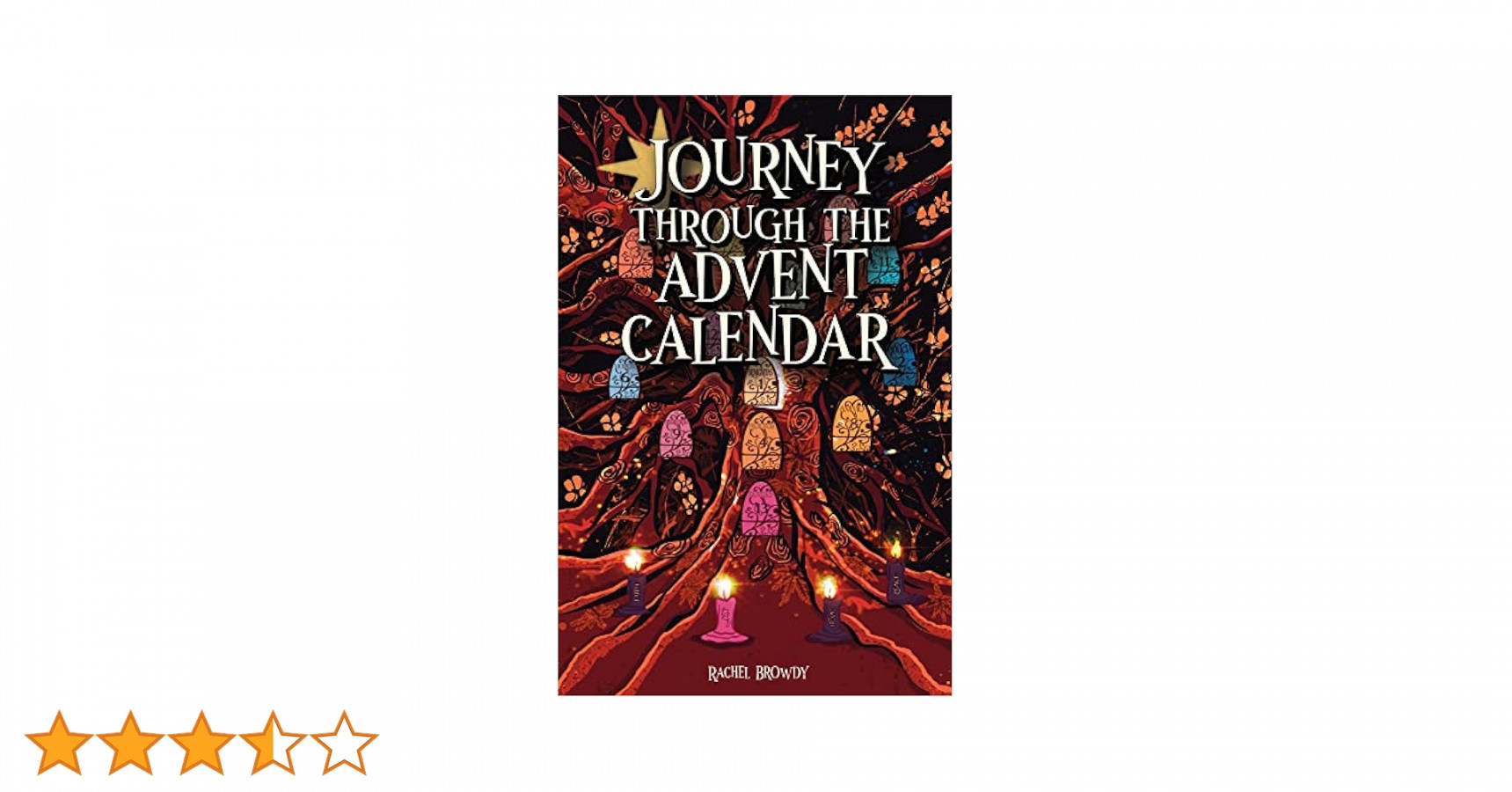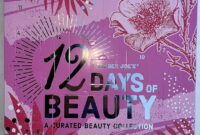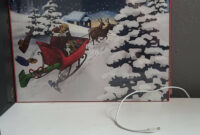A Little Window Every Day: Unpacking the Magic of the Advent Calendar
The air gets a little crisper, fairy lights begin to twinkle in windows, and a certain anticipation starts to bubble. For many, this time of year also brings the appearance of a familiar, often colorful, cardboard creation: the advent calendar. But beyond the daily dose of chocolate or tiny toy, what exactly is an advent calendar? What do we mean when we talk about opening a window each day in December leading up to Christmas? And how did this charming tradition even begin? Let’s embark on a casual journey through the advent calendar, unwrapping its meaning, history, and the joy it brings.
![[Limited Edition] Advent Calendar: Journey Through The Tastes Of Japan [Limited Edition] Advent Calendar: Journey Through The Tastes Of Japan](https://calendaron2017.com/wp-content/uploads/2025/04/limited-edition-advent-calendar-journey-through-the-tastes-of-japan.jpg)
At its heart, an advent calendar is a visual and interactive way to count down the days until Christmas. Typically starting on December 1st and culminating on December 24th (Christmas Eve), it features a series of numbered “windows” or doors. Behind each one lies a small treat, picture, or message. The idea is simple: open one window each day in December, building excitement and marking the passage of time as Christmas draws nearer. Think of it as a daily little surprise, a tangible representation of the anticipation we feel during the holiday season. It’s a small ritual that adds a touch of magic to the sometimes-hectic lead-up to Christmas.

The mechanics of an advent calendar are delightfully straightforward. Most commonly, you’ll find a rectangular or square cardboard structure adorned with festive imagery. This facade is perforated with numbered flaps or doors, usually arranged in a grid or a more decorative pattern. Each number corresponds to a day in December, from 1 to 24. The fun lies in finding the correct number for the current day and gently opening its corresponding window. Inside, you might discover a piece of chocolate, a small plastic figurine, a sticker, a Bible verse, or a festive illustration. The act of opening that little window each day becomes a small, satisfying moment, a pause in the day to acknowledge the approaching holiday.
While the commercialized, chocolate-filled advent calendars we know today are relatively modern, the tradition of marking the days leading up to Christmas has deeper roots in religious practice. The word “Advent” itself comes from the Latin word “adventus,” meaning “coming” or “arrival,” and in the Christian tradition, it’s the period of waiting and preparation for the celebration of the birth of Jesus Christ.
The earliest forms of advent calendars weren’t about sweet treats. In the 19th century, German Protestants developed various ways to mark the Sundays of Advent. Some families would light a candle each Sunday, while others would hang up religious pictures or mark chalk lines on the doorframe, adding one line each day of December.
The generally accepted origin of the first commercially produced advent calendar dates back to the early 20th century in Germany. Gerhard Lang is often credited with this. As a child, his mother would reportedly hang up 24 small bags of sweets for him to open each day leading up to Christmas. As an adult, Lang, who owned a printing shop, created the first printed advent calendar with little pictures to cut out and paste onto a card. Later, he introduced calendars with small doors that could be opened to reveal the images. The addition of chocolate behind the doors became popular in the mid-20th century, and this is largely the format we recognize today.
In a world that often feels fast-paced and demanding, the advent calendar offers a simple yet effective solution to slowing down and savoring the anticipation of a special event. It provides a daily moment of small joy, a tiny reward for making it through another day of December. For children, it’s a tangible way to understand the passage of time and build excitement for Christmas morning. For adults, it can be a nostalgic reminder of childhood wonder or a simple way to inject a bit of festive cheer into their daily routine. The “solution” the advent calendar offers isn’t about solving a problem in the traditional sense, but rather about providing a small, delightful ritual that enhances the experience of the holiday season.
Today, the advent calendar has evolved far beyond its simple origins. While the classic chocolate-filled version remains popular, there’s a vast array of variations to suit every taste and interest. You can find advent calendars filled with beauty products, tea, coffee, toys, stationery, gourmet foods, craft supplies, and even alcohol. Some are elaborate, multi-tiered creations, while others are simple and elegant. DIY advent calendars have also become increasingly popular, allowing for personalized treats and messages. The information available about advent calendars is as diverse as the calendars themselves, reflecting their widespread appeal and cultural significance. They are a testament to our human desire to mark time, celebrate traditions, and experience a little bit of daily delight.
Imagine starting your December 1st. There’s a crispness in the air, and perhaps you’ve just put up your Christmas tree. Tucked somewhere amongst the decorations is your advent calendar. With a little thrill, you locate the number “1” and gently peel back the tiny door. Inside, a small chocolate Santa smiles back at you. It’s a small moment, but it marks the beginning of a daily ritual.
Each morning, or perhaps each evening, you seek out the next number. Maybe one day it’s a star, another a tiny bell, and another a cheerful snowman. The anticipation builds with each passing day. You might share the treat with a loved one, or simply enjoy the small moment of sweetness yourself. The calendar becomes a silent companion throughout December, a visual reminder that Christmas is coming. It’s a journey marked by small discoveries, a gentle progression towards the big day. The simple act of opening a window each day connects you to the season, fostering a sense of excitement and wonder.
The advent calendar, in its various forms, is more than just a countdown to Christmas. It’s a vessel of tradition, a source of daily delight, and a tangible representation of the anticipation that defines the Advent season. From its humble beginnings as a way to mark the days of religious preparation to the diverse and delightful creations we see today, the advent calendar has woven itself into the fabric of our holiday celebrations. It reminds us to slow down, savor the small moments, and embrace the magic of the season, one little window at a time.


